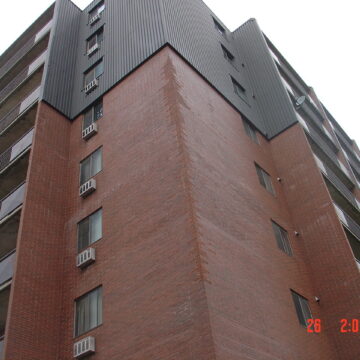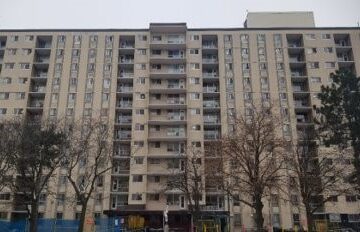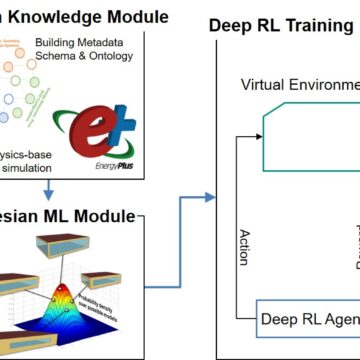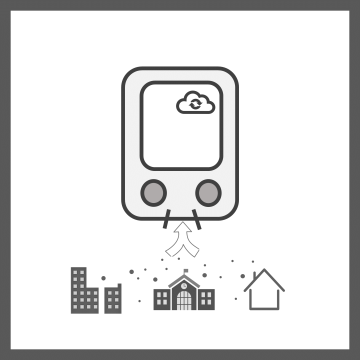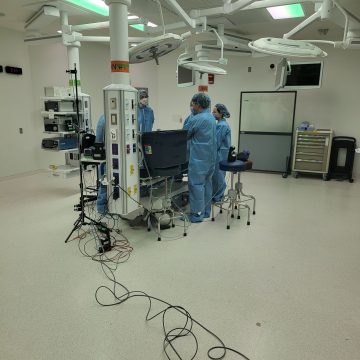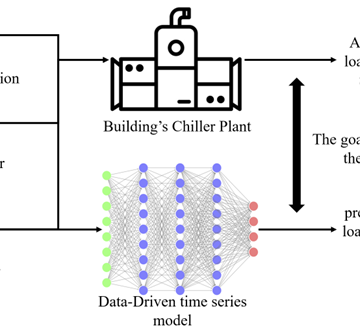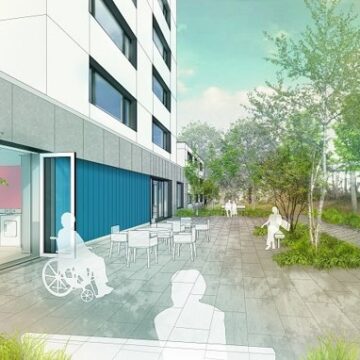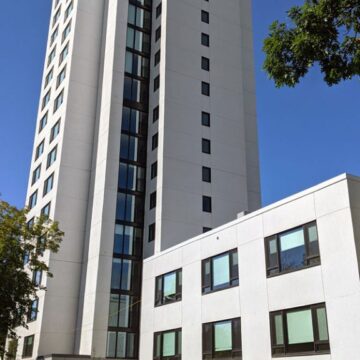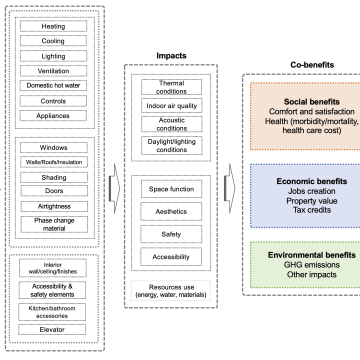Energy and GHG emissions
Current Projects
Completed Projects

This project investigated strategies to reduce parameter uncertainty for infiltration and natural ventilation model inputs in whole-building energy models of MURBs.

This project explored how replacing conventional programmable thermostat with smart thermostat could impact energy performance, thermal comfort and occupant behaviour in high-rise residential buildings.

This study examined the effectiveness of several low-carbon technologies to assess their applicability for high performance single-family housing construction.
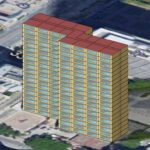
Crowd-Sourced Control Strategy for Post-war Multi-Unit Residential Building Heating System Retrofits
This project investigates the use of a crowd-sourced HVAC control strategy for the retrofit of space heating systems in post-war multi-unit residential buildings (MURBs).
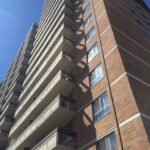
Novel approaches to modelling and testing air flow in high-rise residential buildings
This project explored a combination of testing and modelling approaches designed specifically for high-rise multi-unit residential buildings applications

This project evaluated the energy savings associated with suite compartmentalization and in-suite ventilation systems retrofits in a high-rise residential building.
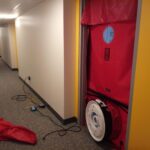
Measuring interior partition air leakage rates in MURBs using a sequential pressure neutralization blower door test. Then, using a coupled airflow network-whole building energy simulation framework to assess the impact of compartmentalization measures on indoor air quality and building energy consumption.


